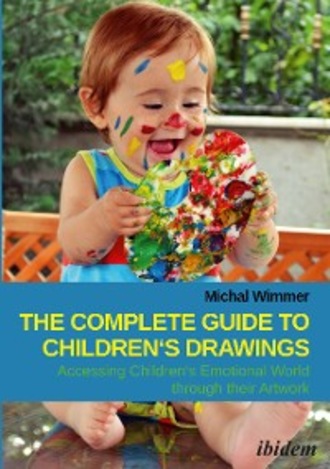
Полная версия
The Complete Guide to Children's Drawings: Accessing Children‘s Emotional World through their Artwork
The behavioral approach and its view on family therapy (Cordova, 2003) may also be represented in family drawings. This theory focuses on family members’ social relationships and level of involvement. When a certain family member is more involved in a life of a child, the latter will tend to draw that member bigger and in a more positive way than other family members. Conversely, when they lack emotional communication, this will be represented by poor quality line and color selection.
Other issues such as criticism, positive evaluation, and trust relationships will also be represented in the way a child draws his family figures. The main focus in this case will be on the distance and relationship between figures: Is one figure distant from the rest? Are the figures holding hands or looking at one another? Do the figures have similar clothing accessories or other things in common? (Spigelman, 1992)
Temper Tantrums Directed at Parents
Most studies on temper tantrums (e.g. Waska 1990) view this as a common or even normative phenomenon at age two. However, as many parents know, reality is a bit different and temper tantrums occur also at older ages (Koch 2003).

Figure 3-2:Low self-esteem as an antecedent of temper tantrums
I recommend referring to the two following key aspects of this phenomenon:
1.Location – Some children are liable to throw a tantrum anywhere, while others make a clear separation between home and kindergarten. Such separation is important, because you may learn from it about a child’s ability to regulate his behavior.
For example, some children will throw a tantrum each time they fail in a task at kindergarten. Their frustration overwhelms them, so they react in rage. In such cases, as you may see in the following drawing, a dominant trend is related to low self-esteem and a weak sense of achievement. The parents of this 6 year-old girl, who started first grade, reported that she bursts in anger every time they point to a spelling error or when she mistakenly messes up the page.
Her drawing style combines trends of weak pressure with a shaky line with trends of drawing body organs such as the legs – drawn with a thin and fragile line, so that the entire figure seems unstable – or the eyes which are drawn without pupils, suggesting difficulty deciphering peer society behavior codes.
Other children will throw tantrums in situations such as social frustration due to unfair treatment by their peer group. For example, they would get angry and say “I didn’t get what I wanted… it’s not fair…”
2.Expression style – There are two basic types of expression: extraverted and introverted. Children with an extraverted expression style will usually react to their environment and beat, scratch or bite their parents or other children. Introverted children, on the other hand, turn their anger into themselves – they will bite their fingernails, smash their head against a wall, have tics or otherwise behave compulsively.
The parents of the 7 year-old girl who made the drawing shown below consulted me because of her temper tantrums, which occur mainly during family gatherings at her relatives’ homes. During these events, sometimes things would not go according to her plan – for example, when playing with her cousins, she would claim they are unfair to her and get mad, screaming and running out of the house in anger. In such cases, she finds it hard to relax, despite her parents’ attempts to calm her down.
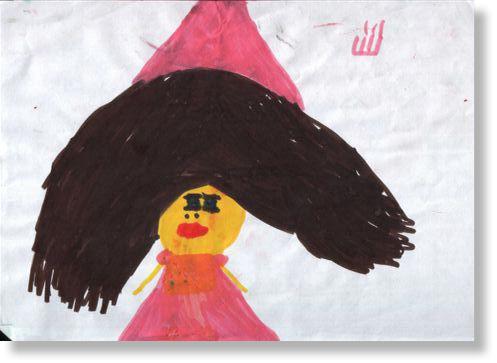
Figure 3-3:Emotional overload and stress as antecedents of temper tantrums
My work with her family included the following stages:
3.Understanding the scope of the phenomenon – It appeared she would not throw tantrums at school or at home on a regular basis. Most of her temper tantrums occurred at her grandfather’s house during family gatherings. Therefore, my first assumption was that the source of her behavior was related to the parental dynamic at her grandfather’s house. My discussion with her parents confirmed my suspicion, as it seemed that when she is at her grandfather’s place, she is faced with multiple authority figures telling her how to behave. In other words, during such family events, her parents are left aside, letting other family member rebuke her, creating a confusing parental reality for her.
4.Accepting the phenomenon as natural – Many parents fear any manifestation of aggressive behavior because they think it’s the tip of the iceberg and that they will soon find out something terrible about their child. Despite your need to be politically correct and maintain a pleasant social atmosphere, you must not forget that aggression is a natural instinct. I recommend teaching your child how to behave and how to control his aggression, keeping in mind that it is a natural part of all of us. This point of view facilitates family dialog as it mitigates the fears related to the phenomenon.
5.Exploring the reasons for the tantrums through drawings – Among other causes, temper tantrums may be precipitated by
a.Regressed emotional development – In this case, the child did not have temper tantrums until a certain point in time, from which a regression was identified. In general, such behavior indicates stress – the child is stressed and angry outbursts offer the only outlet. Thus, a temper tantrum may also serve a positive emotional purpose for the child (albeit being unpleasant for his environment). In drawings, you will see regression in drawing stages, parallel to the behavioral regression. In this particular case, this possibility was rejected because the girl’s drawings were advanced for her age.
b.Temperament types – Parents with several children will be able to confirm that children have different temperaments since birth. A temperament usually does not change and characterizes a child’s behavior throughout his life. Temper tantrums will be more frequent in impulsive children with a “warm temper”. In such cases, a child’s outburst is not a sign of stress, but part of a natural expression style. However, this drawing was not made in an impulsive style – she filled the page areas meticulously, drawing slowly and patiently and attending to the smallest details.
c.Stressors – Based on Freud’s theory, we assume that a child’s behavior has a reason and that he benefits from his behavior, in this case, temper tantrums. Adler argued that each outburst has a purpose. This could be trying to get attention. The solution will then be to prevent the secondary gain involved. I prefer to focus on the cause for the temper tantrums more than on their purpose. In this case, you can clearly see that the reason for the girl’s behavior is her stress. The figure’s hair is drawn with a rigid line and dense coloring, which overloads the figure. This overload symbolizes the child’s emotional burden, caused by her expectations from herself or others’ expectations of her. Whatever the exact cause, it is clearly out there and indicates a real-life difficulty. Once she became less stressful and her parents learned to disregard her negative behavior, her temper tantrums simply disappeared.
To conclude, temper tantrums are a way of expressing anger and usually occur when a child experiences frustration and difficulty finding a better way to cope with his reality. Note that anger and aggression are natural and convey this belief to the child, in addition to having a dialog from which he may learn about other ways of coping with aggression.

Figure 3-4:Following therapy: emotional relief as indicated by the more spacious hair
A child should understand that socially, there are more effective ways for him to cope with failure or frustration. When parents have difficulty coping with temper tantrums themselves, and these become a recurring pattern, they should consult a therapist or parental guidance expert.
Stubbornness and Power Struggles
The generic term power struggles will be used here to refer to struggles that parents have with their children. Unlike temper tantrums, power struggles might be prolonged and accompany almost every interaction. Power struggles may extend from the age of 1½ years to late adolescence. Often, but not always, power struggles involve temper tantrums.
Children who have adopted a power struggle attitude will be ready to fight over anything as if it were a matter of life and death – they will scream, become stubborn and act aggressively. In other cases they will lie or behave in a domineering way towards their family members (Madigan, 2003).
Parents living in such an atmosphere are exhausted and usually state that “there are shouts, threats and punishments all day long. Without them, nothing works”. When parents reach the point of joining in a power struggle, they will tend not to give up on their principles, even if leads to “a severe clash with my child, until he understands who’s the boss”.
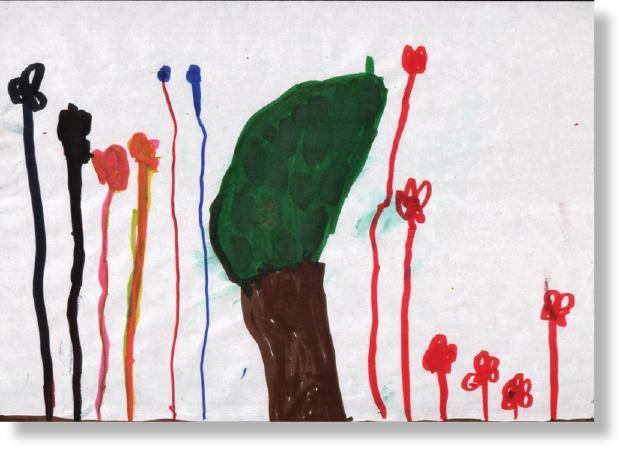
Figure 3-5:Power struggles indicated by dense painting with intense pressure
The children’s drawings and the children themselves, in this case, react to this harsh treatment. In the drawings, this may be indicated by intense pressure on the drawing tool and the use of multiple and dense paint layers, to the point of tearing the page.
Eventually, despite their militant statements, many parents feel defeated and frustrated. They will often admit that “this is not how I planned on raising my child…” Their child usually shares this exact feeling, although his feelings are not as clear to outsiders.
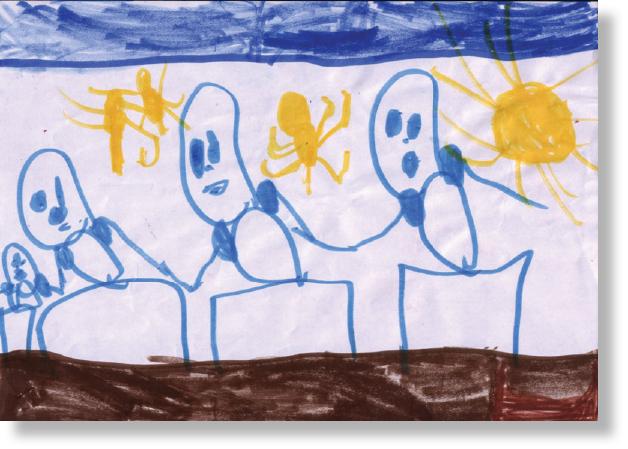
Figure 3-6:Emphasized shoulders and exaggerated height as a way of indicating desired status in the context of power struggles within the family
He also feels humiliated and beaten, resulting in continued efforts to fight for his place and status at home. His drawings, such as that presented in figure 3-6, often include figures whose legs look like pedestals the figures are mounted on, in a compensatory attempt at enhancing his status and influence at home and stressing the shoulders by drawing with intense pressure, as the emotional meaning of this bodily part is associated with status within the family.
The 4 year-old boy who made the following drawings is charming and lovable. Eight months after his young brother was born he started his power struggles with his parents and never stopped since. He responds to almost every request with “I don’t feel like it”, even if they offer him something enjoyable in return. In other words, almost every interaction with him leads to a fight.
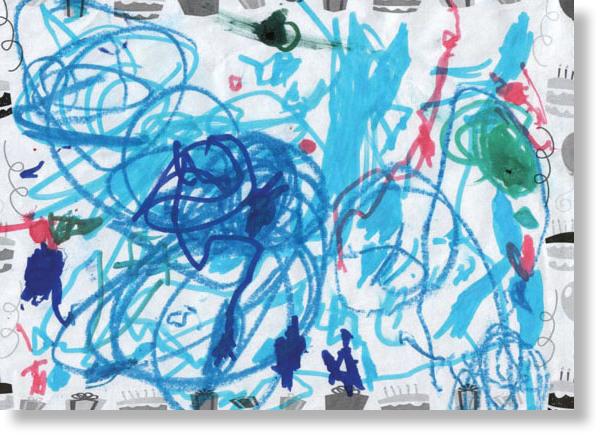
Figure 3-7:Spreading over the entire page and circular coloring
His rapid and circular drawing style represents his energy and activeness. The broad deployment of elements on the page represents his tendency to be dominant in social interactions. He knows how to find ways to receive constant quality attention from his family members. Moreover, you may conclude from the gaps in his scribbles that he is outgoing, with a developed sense of humor, which enables him to get applauses and remain at the center of attention.
However, his drawings are below average compared to his age. Such regression, as expressed in the following example, represents his behavior, turning every interaction into a fight. According to his drawings, he experiences his social environment as a battlefield, where one wins or loses.

Figure 3-8:Regression in drawing level indicating prolonged power struggles
No doubt any parent would be exhausted by such behavior, especially if it lasts long. Due to such behavior many parents report having lost the pleasure of being a parent. Naturally, children such as this boy give their parents many moments of joy and laughter. It’s nice to observe him running and playing, but his objection to simple requests makes his parents feel weak and frustrated.
How to improve the family atmosphere?
There are several ways to improve an atmosphere in a family with a child who constantly turns down requests and acts defiantly:
1.Coping with daily transitions – Some children have difficulty with changes, which is mainly expressed by filling the entire page with a variety of scribbles, using sharp transitions from circular to angular scribbles. Such difficulty may be expressed in events such as going to trips with friends, going to kindergarten, bathing in the evening, falling asleep, etc. Any transition should be made gradually and slowly while using the opportunity for motor activity in the form of competing to the destination, even if the child only competes with himself.
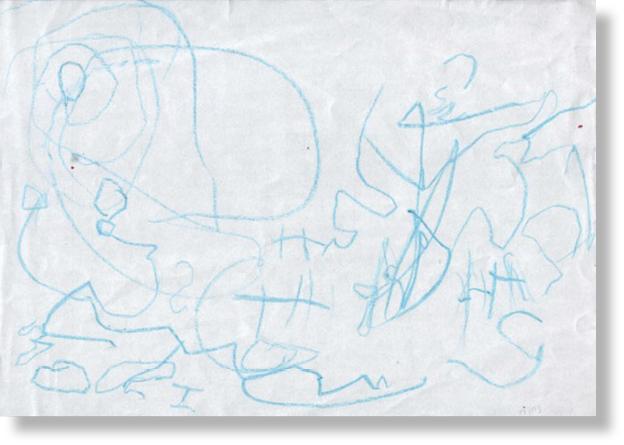
Figure 3-9:Sharp transitions between circular and angular scribbling: difficulty with daily transitions
2.In all such transitions you should first check whether the parents’ behavior is consistent – each separately and both together. In this case, the source of the child’s difficulty was an unstructured daily schedule. Note that going to kindergarten and dining on regular hours provide children with confidence and emotional calm. Consistency should not be merely technical of course, but accompanied by parental messages and other valued behaviors.
3.Use movement to reach out – Most children like to run, but some need to do so more than others. This child, for example, needs to move during most of the day. This is indicated by his rapid and inconsistent scribbling style. Every time you want to talk to such child, it would be better to do it while walking or combined with any other activity. When such a child is in motion, he learns better. When walking is not feasible, try to maintain physical contact with the child during the conversation – even if you just put a hand on his shoulder, it will improve his listening. Note that some children like this one need activity to improve their attitude, rather than long dialogs that tire them.
4.Positive feedback – This method, using words or stickers, can do wonders. The feedback should be gradual – every succeeding stage is rewarded. For example, first a child will get a sticker only for getting up and dressing by himself in the morning. Next, he will receive a sticker for other activities at home and finally, for outdoor or complex requests. Note that a child may object to some requests along the way, so expect progress to be slow.
All of the above solutions work only if parents have faith in them and truly believe that keeping boundaries and complying with their requests are important for their child, even in adulthood. If the parent’s standpoint is “he is only a child…nothing will happen if is late for kindergarten…anyway he will have, as an adult, to get to work on time every day…”, then it will be difficult for the child to cope with transitions. Every parent prefers raising his child in a positive and joyful atmosphere, without quarrels or anger, but you must be aware of the thin line separating positive and negative stubbornness. This child’s resistance is an example of negative stubbornness. He takes his energies and spends them in a negative ways, doing things on purpose. His parents could teach him how to spend his energies in a positive way, empowering his positive stubbornness, which will later help him achieve goals in life.
Positive feedback messages delivered gradually teach a child to be in contact with his powers even when faced with complex situations. Proper positive feedback must include encouragement by the parent, showing confidence in his child’s abilities. The parent’s confidence will then increase the child’s confidence that he can succeed in the task. It is important to continue and challenge a child, until he himself adopts a behavioral pattern that will make him feel calm and confident in his abilities. In this case, the child’s independence is important for him, so it would be wise to reinforce this element in his personality, while weakening his negative stubbornness, which does not make for a healthy relationship.
Delegating responsibilities to children also helps boost their self-confidence and empower them. In my example, following the birth of the child’s younger brother, his parents could have asked him how he pictures himself as a big brother and what responsibilities he would like to receive with regards to his little brother. At the same time, it is important to give him the privileges of a big brother. For example, sitting alone with the parents when possible, just like they used to do before his brother was born.
Конец ознакомительного фрагмента.
Текст предоставлен ООО «ЛитРес».
Прочитайте эту книгу целиком, купив полную легальную версию на ЛитРес.
Безопасно оплатить книгу можно банковской картой Visa, MasterCard, Maestro, со счета мобильного телефона, с платежного терминала, в салоне МТС или Связной, через PayPal, WebMoney, Яндекс.Деньги, QIWI Кошелек, бонусными картами или другим удобным Вам способом.



